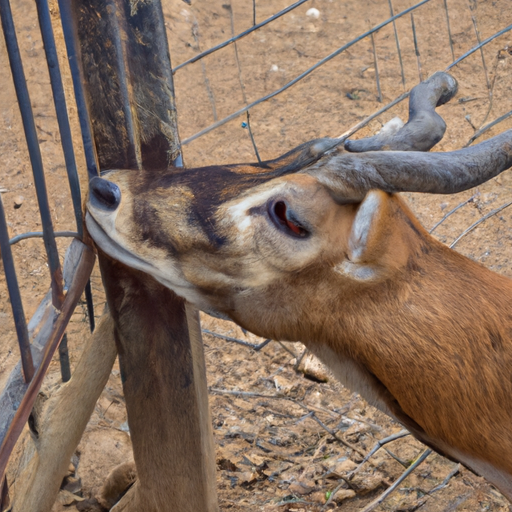 Introduction:
Introduction:
Animal abuse is an unfortunate reality that persists across the globe, with countless innocent creatures subjected to unimaginable cruelty. In this extensive article, we delve into the disturbing depths of this issue to identify and shed light on the regions where animals are most egregiously abused. By examining various countries, industries, and societal factors, we aim to raise awareness about these hotspots and foster collective efforts to combat this pervasive problem.
1. Asia:
1.1 China: As the world’s most populous country, China hosts numerous industries that exploit animals, such as fur farming, bear bile extraction, and the live animal trade. Weak animal protection laws, inadequate enforcement, and cultural practices contribute to the rampant abuse witnessed in this region.
1.2 Southeast Asia: Countries like Vietnam, Cambodia, and Laos face issues with illegal wildlife trafficking, including the smuggling of endangered species for traditional medicine and exotic pet trade. Elephants used in tourism and logging, as well as dog meat consumption, are additional areas of concern in this region.
1.3 South Korea: The dog meat trade remains a significant problem in South Korea, with millions of dogs slaughtered annually for their meat. Despite growing opposition and campaigns, cultural traditions and a lack of comprehensive legislation contribute to the persistence of this cruel industry.
2. Europe:
2.1 Eastern Europe: Several countries in Eastern Europe display alarming rates of animal abuse, including Romania, Bulgaria, and Ukraine. Stray animal overpopulation, dogfighting, and the use of animals in circuses are prominent issues in this region. Inadequate animal welfare laws and limited resources for animal shelters further exacerbate the problem.
2.2 Spain: Bullfighting, a traditional spectacle, continues to flourish in Spain despite international criticism. Thousands of bulls are subjected to immense suffering and ultimately killed for entertainment purposes. The country’s bullfighting culture and entrenched traditions make it a hotspot for such animal abuse.
3. North America:
3.1 United States: While animal welfare laws exist across the United States, several industries contribute to widespread abuse. Factory farming, particularly in the poultry and pig sectors, subjects animals to overcrowded conditions, painful procedures, and unrelenting stress. The exotic pet trade, puppy mills, horse racing, and animal testing are further areas of concern in this region.
4. South America:
4.1 Brazil: Deforestation, illegal wildlife trade, and animal farming practices contribute to Brazil’s reputation as an animal abuse hotspot. The Amazon rainforest’s destruction, driven by cattle ranching and soybean production, threatens countless species. Additionally, cruel practices like rodeos and animal fighting persist, often unchecked by inadequate legislation.
4.2 Argentina: Despite progressive legislation in some areas, Argentina has ongoing issues with animal abuse. Horse racing, the fur industry, and the mistreatment of animals in circuses are prominent concerns. The country’s vast agricultural industry also poses threats to animal welfare, with intensive farming practices leading to cruelty.
5. Africa:
5.1 South Africa: Poaching remains a significant problem in South Africa, driven by the illegal trade in rhino horns and ivory. Wildlife trafficking, including the smuggling of live animals and bushmeat consumption, further contribute to animal abuse in this region. Insufficient enforcement and corruption hinder efforts to combat these practices effectively.
Conclusion:
This comprehensive analysis has shed light on some of the most prominent hotspots for animal abuse globally. From Asia to the Americas and Africa, numerous regions face immense challenges in protecting animal welfare due to cultural, economic, and legislative factors. Tackling this grave issue requires a coordinated effort involving governments, NGOs, and individuals to enact stricter laws, raise awareness, and promote compassion towards all living beings. Only through collective action can we hope to create a world where animals are treated with the dignity and respect they deserve.
